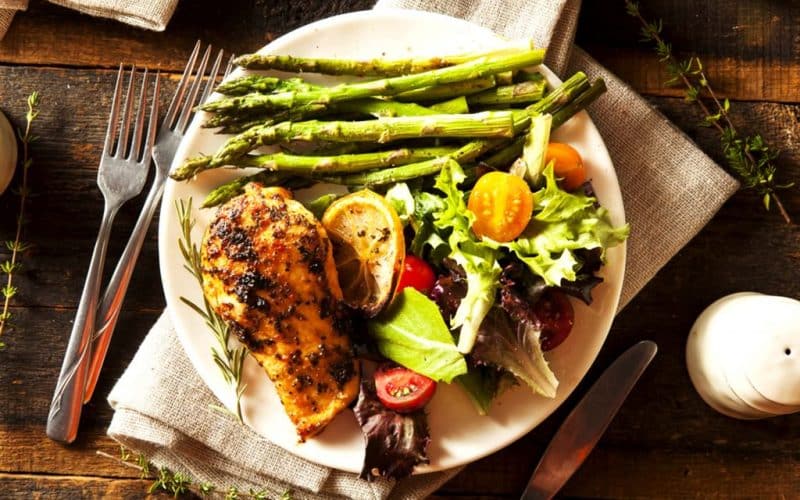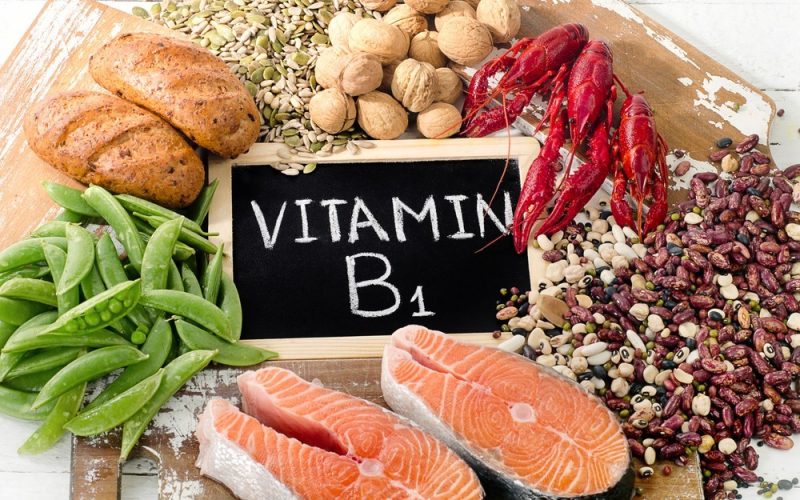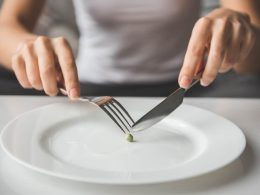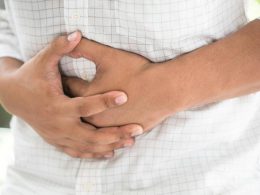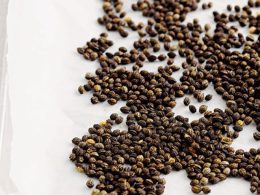The most commonly known fungus in the human body is known as candida. It is often found in areas like the digestive tract, mouth, toenails, skin, vagina and rectum.
Even though it is harmless, an overgrowth of the fungus may lead to infection.
This is where the candida diet comes in.
The candida diet is designed strictly to alleviate symptoms of the candida infection. However, the effectiveness of the candida diet is yet to be supported by any scientific evidence.
What do you know about candida?
There are currently over 150 known species of candida residing in various parts of the body. These species are responsible for digestion and the absorption of nutrients from foods.
Possible symptoms of candida infection may include;
- Nausea
- Joint pain
- Chronic fatigue
- Depression and anxiety
- Insomnia
- Mood swings an irritability
- Skin reactions
- Recurring urinary tract infections
- Diarrhea, bloating, and constipation
Even though there are plenty of candida species in the body, only about 15 can actually cause infections. A common culprit responsible for more than half of all infection cases is known as the candida albicans, and the earlier you plan a candida diet, the better.
Risk factors for candida infection
Several risk factors are associated with candida infect, and some of them include;
- High amount of alcohol consumption
- Elevated level of stress
- A diet high in sugar and refined carbs
- Catheter misuse
- Antibiotics
- Birth control pills
- Weakened immune system
- Diabetes mellitus diagnosis
- Unbalanced microbiota
If you are faced with any of the above health issues, it would be best to address them through lifestyle and diet changes.
You may want to introduce meditation or stress management, and a well planned candida diet into your daily routine.
How does the candida diet work?
Although many studies have weighed the risk factors for overgrowth of candida, nonetheless, treatment plans are uncertain and inadequately studied.
The candida diet is still the only guaranteed treatment option.
The candida diet blacklists gluten, sugar, alcohol, specific dairy products, and unsafe additives, while allowing non starchy vegetables, low-sugar fruits, and gluten-free foods.
However, there are still no scientific proofs to follow up on these dietary restrictions, as listed below;
- Excess sugar intake may worsen the infections caused by candida in people with weakened immune system. A diet with high-carb may increase candida counts only in some people, but there are no evidence yet to prove it increases infections.
- The candida diet doesn’t require gluten because of claims it may pollute the intestinal lining. However, there are no evidence to show that gluten can cause damage in the intestine of people who can’t tolerate gluten.
- Foods with high mold content, artificial ingredients, preservatives, and pesticides are also not included in the candida diet. Also, there are no evidence to support the fact that mold, pesticides or preservatives can increase candida infections.
- Some diary products are also excluded from the candida diet. Logically, lactose may trigger the growth of candida by increasing the acidity in the mouth. Again, this is yet to be confirmed.
Caffeinated and alcoholic drinks are also not encouraged in order to promote a healthy lifestyle practice, and to also prevent cheating in your diet.
I’m retrospect, the candida diet was designed to minimize inflammation and integrate wholesome foods that be helpful to your guts, and help reduce the risk of candida infection over time.
Still to this day, no studies have confirmed the effectiveness of the diet.
Getting started with candida cleansing
Before you begin the candida diet, it is advisable to go on a candida cleansing first. It is a short-term diet that is believed to help alleviate stress on the digestive tract, and help to minimize level of toxins present in the body.
While there are yet to be presented studies to support the benefits of candida cleansing, it might help to prepare you for the candida diet.
There are several ways to do a candida cleansing, but these are the two common ways;
- Your diet is mainly vegetables: You are only to eat leafy greens, salad, with little amount of protein for the whole day.
- Water: You aren’t allowed to drink alcohol. Only water or bone broth is allowed.
It isn’t uncommon for people to experience negative symptoms during the candida cleansing, such as headaches, fatigue, irritation, or change in sleep patterns.
Note that the cleansing process is to only last but for a few days. After that, the candida diet can then commence.
There is no definite timetable designed for the candida diet. Relief may be felt in a matter of few weeks, while for some, it may take months before positive effects are noticed. It is imperative that you consult with your dietician to provide you with adequate information on the candida diet.
Nonetheless, the following are things to put into consideration when starting the candida diet;
Slow and steady
It is important you start out slow so you don’t overwhelm your body, especially if the diet isn’t what your body is used to.
Instead of withdrawing from sugar, gluten and caffeine all at once, you could try removing them one at a time. This is to help the process so you can manage any likely negative reactions.
The diet is short-term
Don’t forget that the candida diet is meant to be used only for a short period, at least until you notice an improvement in your symptoms. It is not a long-term diet plan.
What are the types of foods you can eat on a candida diet?
Focus more on integrating these foods into your diet:
- Gluten-gree grains: Quinoa, millet, oat bran and buckwheats.
- Low-sugar fruits: Limes, lemon, berries. Only small amount may be required.
- Non-starchy vegetables: Brussels sprouts, asparagus, cucumber, celery, kale, broccoli, cabbage, eggplant, spinach, onion, zucchini, rutabaga,tomatoes. They can be eaten steamed or raw.
- Healthy-fats: Avocados, flax oil, olive oil, almond oil, unrefined coconut oil, sesame oil.
- Protein: Salmon, sardines, chicken, eggs, and turkey.
- Certain dairy products: Ghee, butter, plain yogurt, and organic kefir.
- Condiments: Coconut aminos, sauerkraut, and apple cider vinegar.
- Nuts and seeds: sunflower seeds, almonds, flaxseeds.
- Non-sugary sweeteners: Xylitol, stevia, and erythritol.
- Non-caffeinated drinks: Chicory coffee, herbal teas, homemade almond milk, filtered water, coconut milk without additives, and lime water or lemon water.
- Herbs and spices: Salt, black pepper, dill, cinnamon, ginger, garlic, rosemary, oreganos, thyme, turmeric, and paprika.
Probiotic supplements may also help reduce inflammation, reduce candida infections, and kill off dangerous organisms.
What are the types of foods you should avoid on a candida diet?
There are some foods that encourages the growth of candida in the body, and as stated earlier, too much of candida in the body can cause the candida infection.
The candida diet is regarded as a strict diet that doesn’t allow sugar, alcohol, gluten, and some dairy products. The foods to avoid in the candida diet include;
- Some meats: Farm-raised fish and deli meats.
- High-sugar fruits: Dates, banana, grapes, raisins, and mango.
- Gluten-rich grains: Rye, wheat, barley, and spelt.
- Refined oils and fats: Soybeans oil, sunflower oil, and canola oil.
- Additives: Sulfates or nitrates.
- Alcohol, caffeine and sugary beverages: Coffee, caffeinated teas, soda, beer, fruit juice, spirits or wine.
- Condiments: Soy sauce, ketchup, BBQ sauce, white vinegar, horseradish or mayonnaise.
- Sugar and artificial sweeteners: Maple syrup, corn syrup, honey, agave, aspartame,table sugar, molasses, and cane sugar.
- Nuts and seeds (high in mold): Cashews, peanuts, pistachios, pecans.
- Some dairy products: Cream, cheese, and milk.
Benefits of a candida diet
The candida diet has many benefits due to its direct focus on very healthy foods, despite the fact that the diet lacks solid evidence supporting its effectiveness.
The diet can also help with weight loss, -if that’s the primary focus-, it can help with gut function, heart health, and reduce inflammation caused in the body.
Possible drawbacks of the candida diet
One major downside of the candida diet is the limited research carried on its effectiveness,- worst still, the available research is still under debate.
A 3-month study on 120 individuals with overgrowth of intestinal candida displayed significant changes of reduced candida, due to dietary changes, compared to those who didn’t maintain their normal diet.
On the other hand, a small study examined the development of candida before, during, and after a high-sugar diet of healthy people. It was discovered that there was a limited effect on the growth of candida caused by a high-sugar diet.
Another drawback on the diet is the strictness. Most fruits, sugar, gluten, some meats, starchy vegetables, nuts and seeds, caffeine and alcohol are restricted from the diet. This means, more work is required to maintain this style of eating.
This also means, it may be a problem for you if you are on a budget, don’t enjoy planned meals or don’t enjoy cooking.
Nevertheless, remember the symptoms of candida only lasts as long as the candida diet allows.
Conclusion
The candida diet helps to eliminate candida overgrowth that can cause infections in the body, by the elimination of gluten, sugar, alcohol, caffeine, starchy vegetables, and some dairy products from your diet.
It comprise of a diet of low-sugar, organic, some meats, fats, and high quality produce.
There’s yet to be evidence to support the effectiveness of the candida diet, even though it is healthy and can help to improve overall health and minimize the overgrowth of candida infections. Still, it’s recommendation isn’t backed by science.
However, if you have been diagnosed with an infection caused by candida overgrowth, it may be helpful to quickly adjust to a candida diet to help you get better.
Have you had any issues with candida overgrowth? What methods did you adopt to help control candida infection? Have you tried a candida diet before? Share you experiences with us in the comments below.



